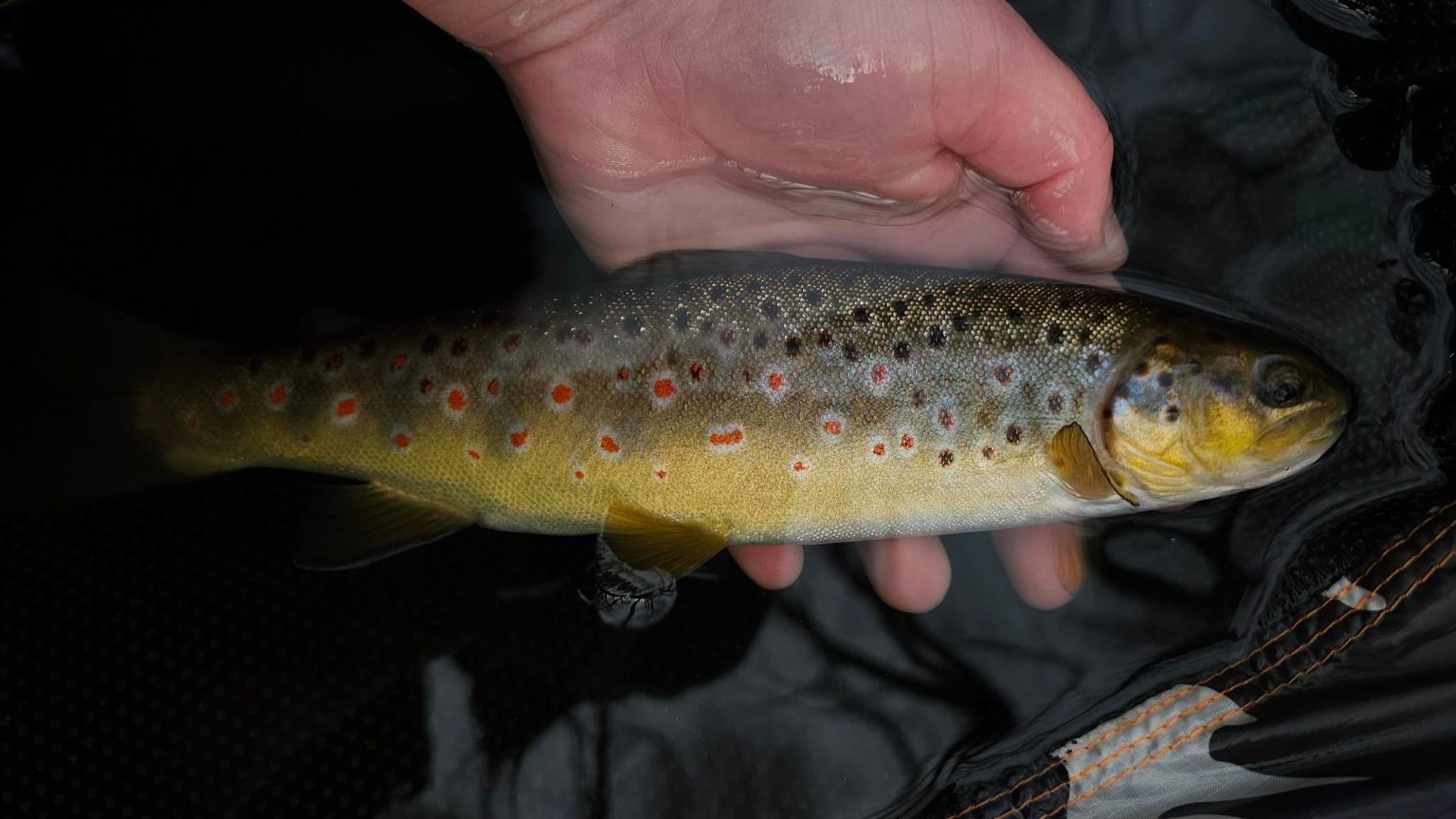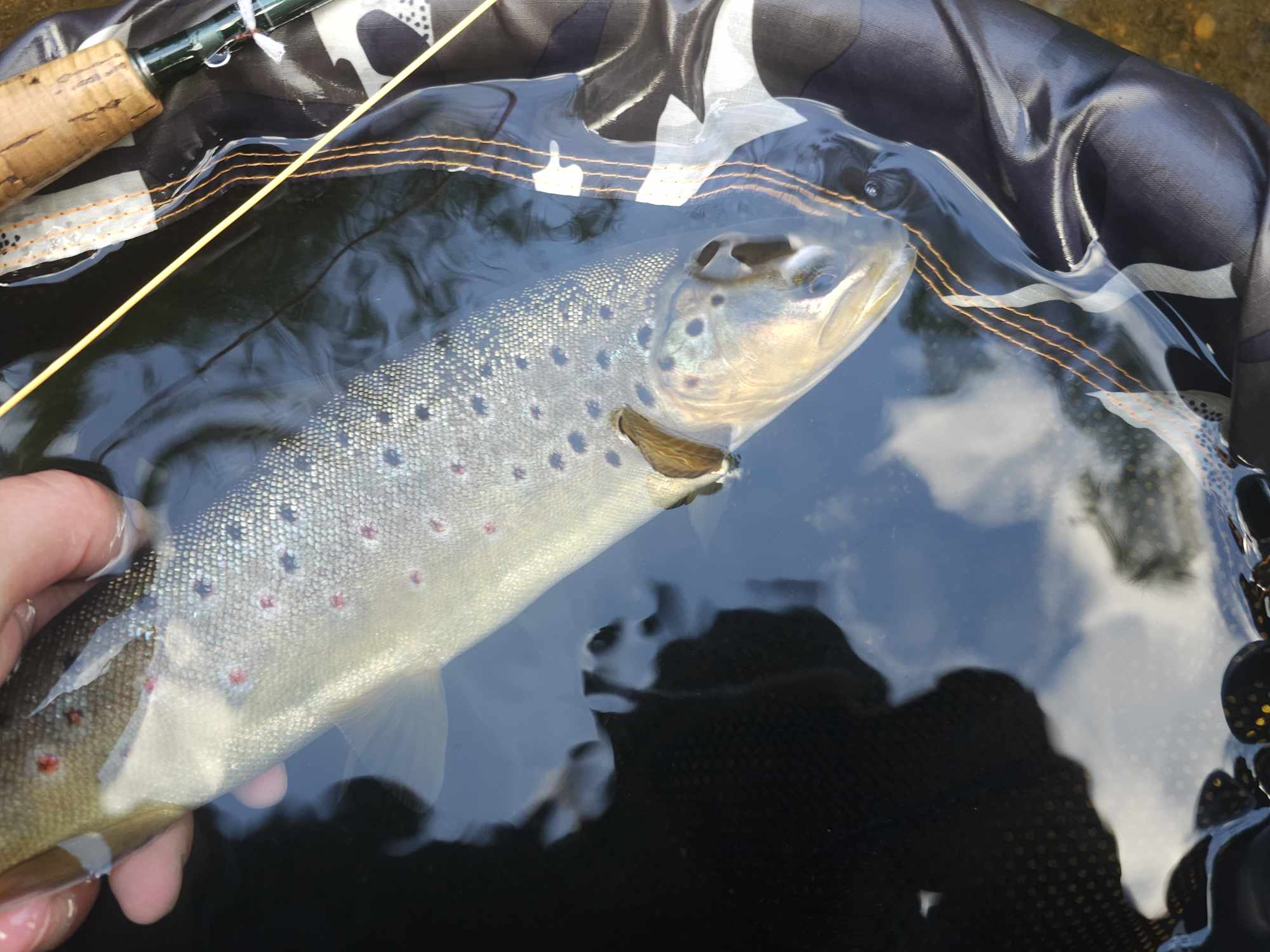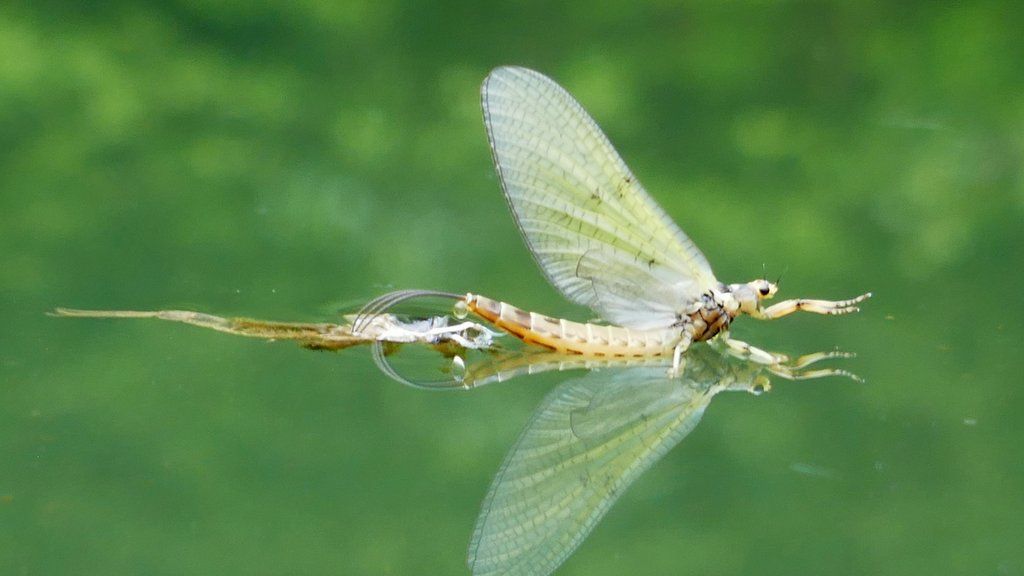Squirmy Worms have become increasingly popular amongst river anglers over the last few years. They are controversial with some anglers but in truth, they do work in certain fishing situations!
Fly Fishing Flies
Advice on fly fishing flies. Whatever your preferred target trout, salmon, sea bass or tarpon we offer advice on fly fishing flies in this blog.
We know, We can’t believe it either! In just a few weeks this trout season will have ended and out attention will turn to winter grayling fishing and refilling our fly boxes! But that’s in a few weeks! There’s still plenty of time to get in the mix with some trout but be quick! This is your call to get the rods out and head to the river!
For anglers who are new to river fishing or transitioning from stillwater to river fishing. It can be quite daunting to know what flies you need and when to use them! Over the past few years I’ve made some slight changes to how many flies I carry in my box. At the end of a past season I looked at my fly box and realised I hadn’t used almost half of the flies in there! So now, my box often just a hand full of flies in different sizes and colours.
I recently had a red letter evening on my local river. I arrived at the river and it just felt right! I always stand and observe what is happening before I make a cast. It can often give you the answers you need to fool a fish! Weather that be you spotting what the fish is taking or the fish rises and gives away its spot! I tackle up with my trusty 10ft 4wt, my go too rod for river fishing. I have a 12ft tapered leader and with us being mid season and the rivers being on the low side, I added a couple of extra feet of tippet to the end of my tapered leader.
Picture this, You’ve arrived at the river to low water there are some fish rising but they are super spooky. These can be technical fish to fool with a stealthy approach. Spooking these fish can result in the pool being disturbed for some time. During this time a good tip is to seek out the faster, rifflly and more oxygenated water. Here, nymphing can be a deadly option!
Fishing repots from some of the UK’s top fisheries such as Rutland, Carsington & Grafham show it’s not easy out there just now! With the cold temperatures, fishing has been tough for some! With this in mind we’ve put together some flies you need in your box to conquer these waters on your next trip!
Trout are currently going bonkers for this fly! The perfect dubbing to tie it too!
There’s a small olive coloured upwing species that despite its tiny size, causes quite a stir with trout on warm summer evenings. We’re talking about the Blue Winged Olive BWO) On rivers and streams across the UK this wee fly is causing quite a stir with trout lining up to grab this in demand meal!
The mayfly period might well be referred to as ‘Duffer’s Fortnight’ when apparently all the trout in our waters throw caution to the wind and feed greedily on mayflies. However there are periods when trout become bewilderingly tricky. This usually occurs in the early days when fish that have previously been eating tiny morsels such as midges and black gnats feel a little intimidated, or outfaced by the sheer size of adult mayflies. That said, once trout get a taste for mayflies they really do ‘lock on’
Take a look at these winter fishing tips. Including top winter fly picks for river and stillwater fly fishing! These tips will keep you catching over the cold winter months!
Diawl Bach in Welsh means ‘Little Devil’ and whilst the original Diawl Bach is devilish deadly these days we have many variants that are equally lethal. The original Diawl Bach simply consisted of a red game tail and beard hackle with the peacock herl body.
I’m often asked what flies are best for grayling. It’s always a tricky question to answer as much depends on where you fish the conditions and of course, what insects might be activity. That said, a quick glance at my fly box reveals more of certain patterns. Here’s what I consider my most important flies for grayling though they are not listed in an order of preference.
River fishing in September can be phenomenal and we usually get some nice warm and dry weather, which is music to the ears of a river angler after all the wet weather we’ve had this season! Fingers crossed we have a good end to the season!
August is a prime month for Heather Flies, which are a close relation of the Hawthorn Fly we see in April. We can instantly identify heather flies by the orange, trailing hind legs. They’re what we refer to as a ‘terrestrial’ which means they actually emerge on land. Winged adults now are easily blown onto water when a breeze picks up. Upland areas are considered a hotbed for heather flies though they do appear at lower elevations too.
When I was a youngster, wet fly fishing was all the rage. Then came the advent of mobile lures, typically incorporating marabou, or zonker strips. Our understanding of dry fly fishing developed too, when patterns like the Bristol hopper, or Leadbetter’s suspender buzzer took the stillwater scene storm. Obviously now, wet flies took a back seat.
Struggling When Fishing In Higher Water? These Rigs Can Help!
Here at The Essential Fly were always on the look out for what we can do to help you catch more fish! We're lucky to have inhouse fishing experts on hand to pick their brains for their knowledge and tips to help you well on your way to up your catch rate!
We picked the brains of Yorkshire angler and fly tyer Phillippa Hake to share with us her top three rig set ups for fishing the rivers when they're on the drop from recent rain!
A common fly that appears in our gardens and homes towards the backend, Daddy Long Legs (Craneflies) really need no introduction here, as they’re instantly recognizable by those six gangly legs. Gardeners know they larvae stage of daddies as leatherjacket, which are considered a pest as they eat the roots of various plants and vegetables. These larvae eventually pupate and what emerges from the soil is an adult cranefly, which makes them a terrestrial. Craneflies can be found far and wide, especially in undisturbed areas like bracken clad fells.
Originally labeled the “Bristol Hopper” what we now know as the ‘Hopper’ was developed in the Bristol area on reservoirs like Chew Valley some years ago now. The original I believe was the Amber Hopper though theses days this dressing has been used as a blue print for all the hoppers we see today.
The long hot days of July and August will see the bulk of sedges (caddisflies) hatch off come evening time. Whether it’s on a stillwater, or river those prepared to hang around in the evening often get the best of the fishing during summer, especially when hot, bright conditions persist. Better still, anglers who are stuck in the office all day, can rest assured that they’ll get a slice of the action too by heading out after dinner.
There’s a small olive coloured upwing species that despite its tiny size, causes quite a stir with trout on warm summer evenings. We’re talking about the Blue-winged olive (BWO). On rivers and streams across the UK this wee fly will have trout queuing up as the light fades.
There are lots of sedge/caddis patterns we can choose from when it comes to imitating sedges on the warmer evenings, however perhaps one of the most versatile dressings is the ‘Elk Hair Caddis’. Developed by an American called Al Troth this pattern can be dressed with, or without a palmered hackle. Obviously, a fly with the body palmered hackle has superior floating properties, which comes in handy when fishing more animated water, like a tumbling pool on a stream, or a big, rolling wave on a reservoir. A hackle-less version naturally rides lower in the surface film, making it a favourite where smooth, flat water occurs and when trout are targeting stillborn, or spent caddis that lie almost flush in the film.














